Arctic animals call for help
Global warming is threatening the lives of many animals in the Arctic.
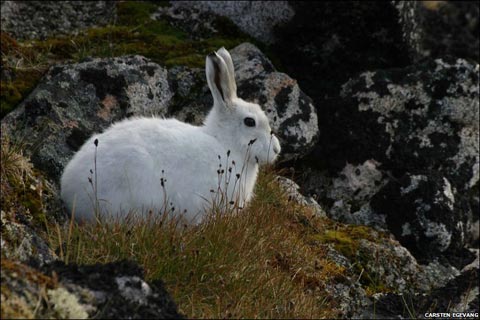
The number of individuals of many animals in the Arctic has dropped by up to 25% between 1970 and 2004, according to the latest survey in the Arctic.
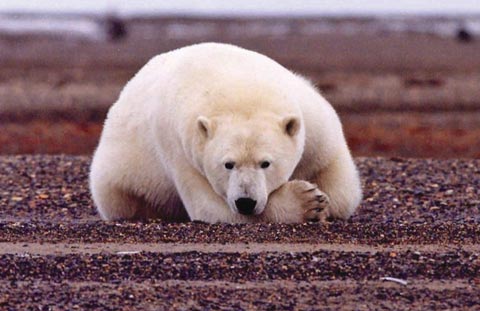
If in 1987 there were about 1,200 white bears living near the Hudson Bay in the Arctic, their number was only about 900 in 2004.
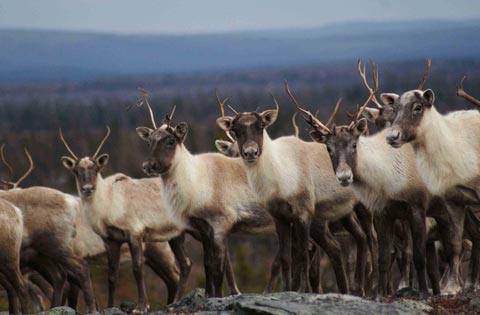
In the past two decades, the number of reindeer in the Arctic has reached 5.6 million.
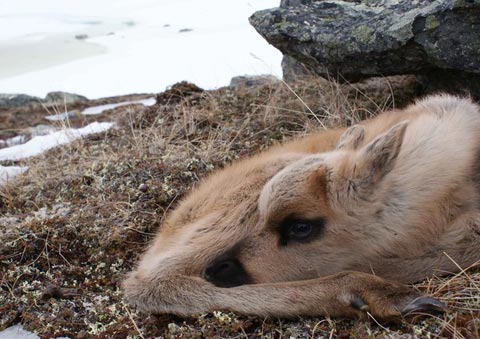
But today their numbers have decreased by about a third. Many are concerned that the rise in temperature is one of the reasons for the decline in reindeer numbers.
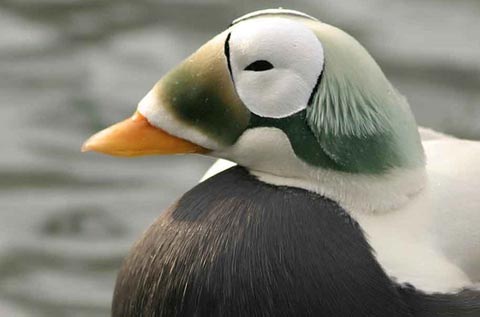
The Arctic is home to many species of birds, mammals and fish. For example, more than half of the birds live near the coast and 80% of the world's sea geese breed in the Arctic and sub-Arctic regions.
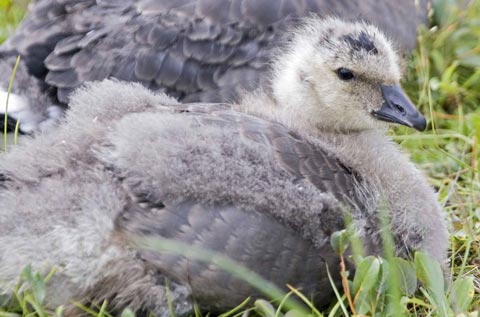
However, not all species in the Arctic are badly affected by climate change. For example, the number of migrating sea geese nesting in the Arctic has nearly doubled in 34 years - from 12.5 million in 1970 to 21.4 million in 2004. The number of sea geese has increased thanks to agricultural waste. and decline in human hunting activity.
- Interesting facts about animals living in the Arctic
- Many animals from the South come to live in the Arctic
- Perennial ice in the Arctic is disappearing
- 7 animals are cold resistant under 0 ° C best on the planet
- Ancient creatures exist in the Arctic winter
- Arctic fox - beautiful animals eat their own feces
- Secret decoding of the life of the Arctic wolf species
- Arctic: Melting ice causes the walrus to die
- Arctic sea ice area is at a record low
- Every second 14,000 tons of water flows into the sea because the Arctic ice melts
- The volume of ice in the Arctic drops to a record low
- The longest migratory animals in nature
 The 11 most unique public toilets in the world
The 11 most unique public toilets in the world Explore the ghost town in Namibia
Explore the ghost town in Namibia Rare historical moments are 'colored', giving us a clearer view of the past
Rare historical moments are 'colored', giving us a clearer view of the past The world famous ghost ship
The world famous ghost ship After 389 days in the Arctic, costing more than $160 million, hundreds of scientists brought back bad news: What was it?
After 389 days in the Arctic, costing more than $160 million, hundreds of scientists brought back bad news: What was it?  Arctic refreezing plan achieves positive results
Arctic refreezing plan achieves positive results  Let's look at the last flower clusters in the world's polar regions
Let's look at the last flower clusters in the world's polar regions  Proposing 2 'utopian' initiatives to 'save' the polar ice sheet, at first glance everyone thought it was a fantasy
Proposing 2 'utopian' initiatives to 'save' the polar ice sheet, at first glance everyone thought it was a fantasy  Huge wormhole discovered at the bottom of the Arctic Ocean
Huge wormhole discovered at the bottom of the Arctic Ocean  Climate change causes more lightning in the Arctic
Climate change causes more lightning in the Arctic 